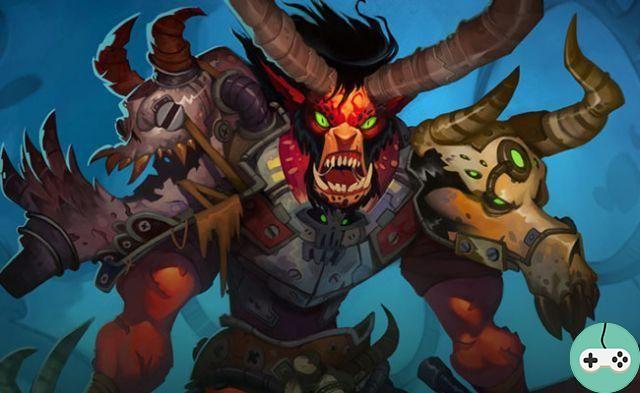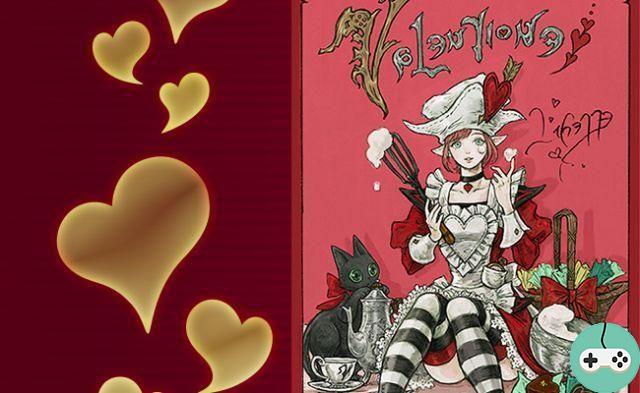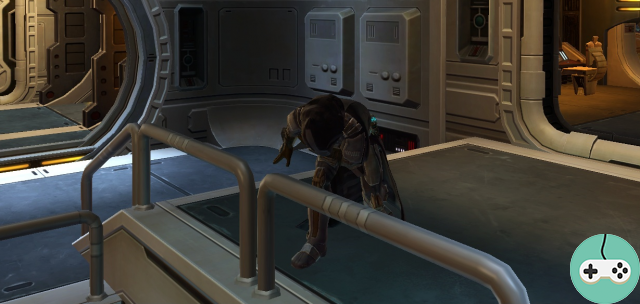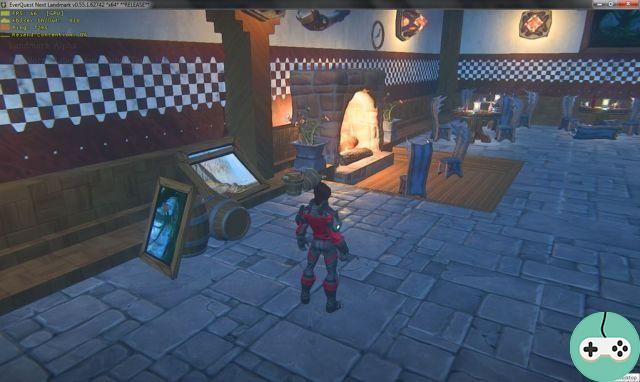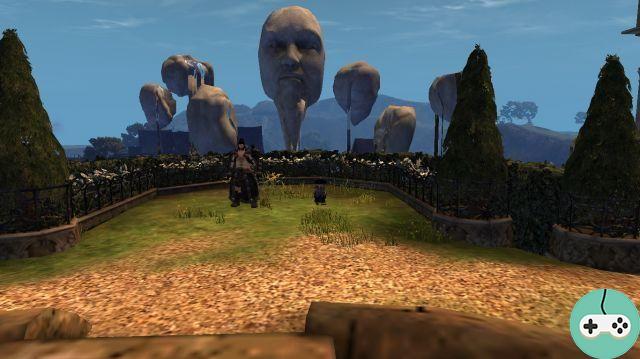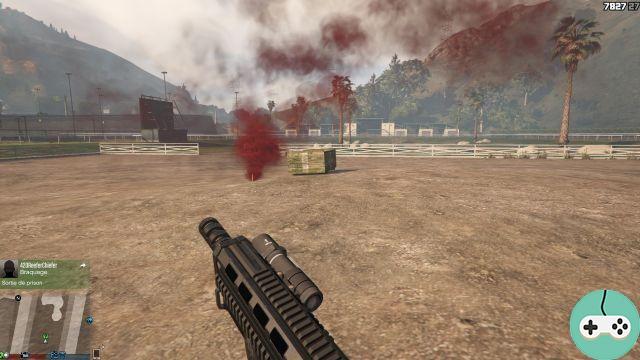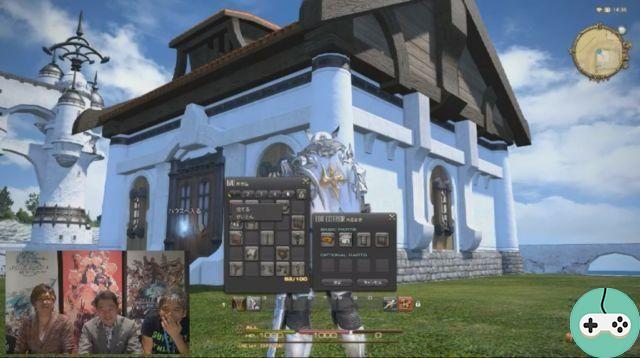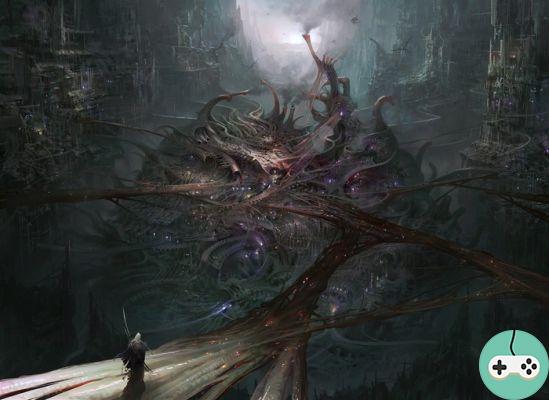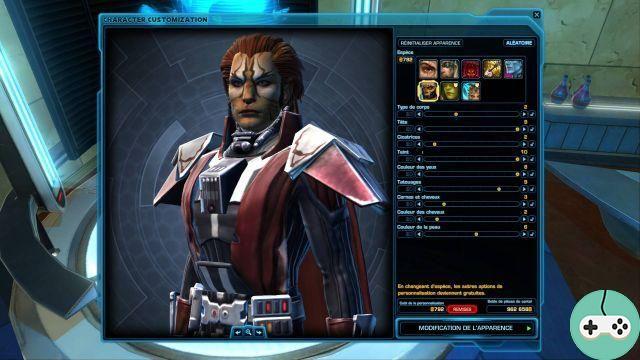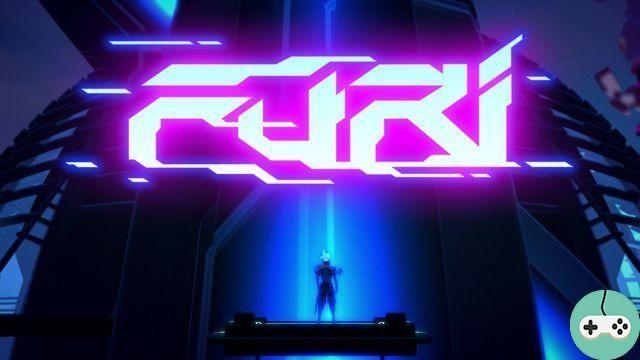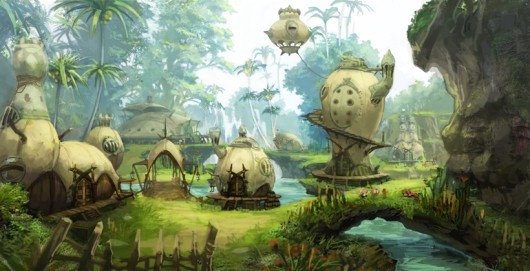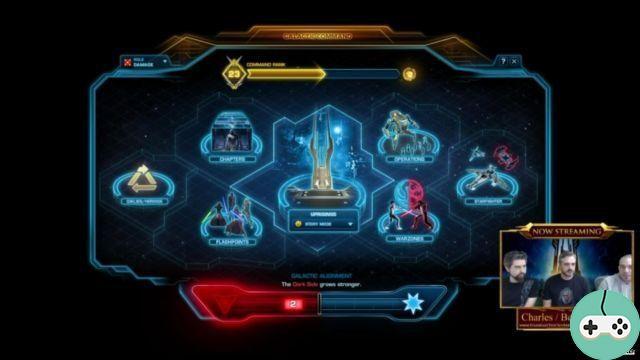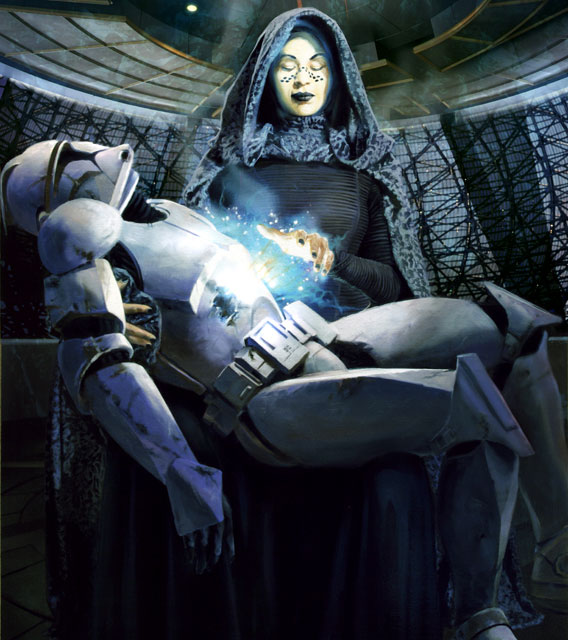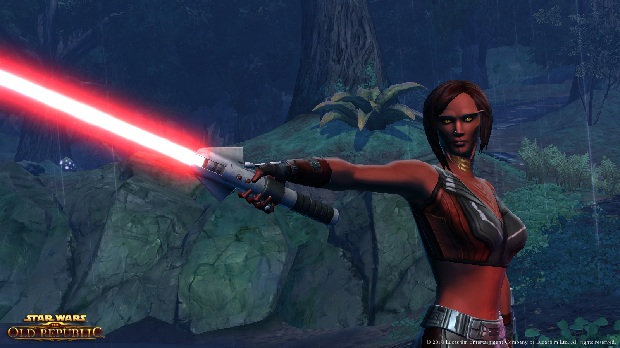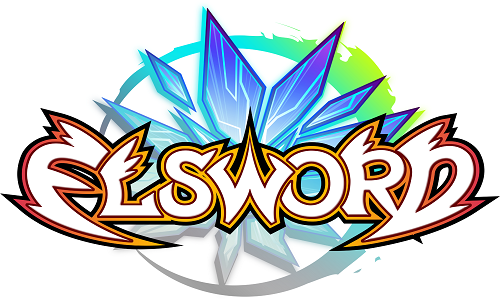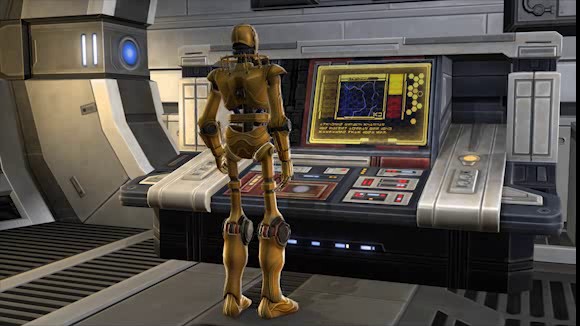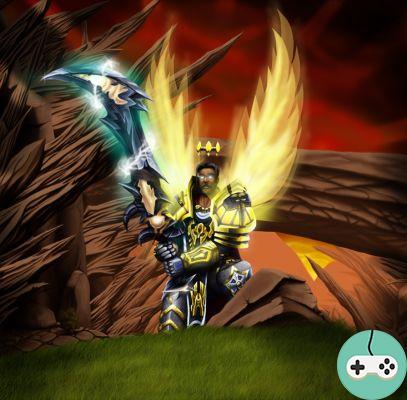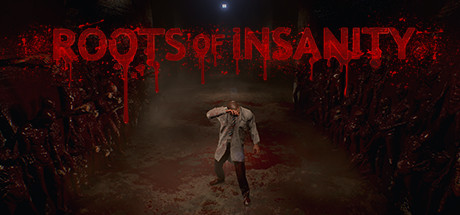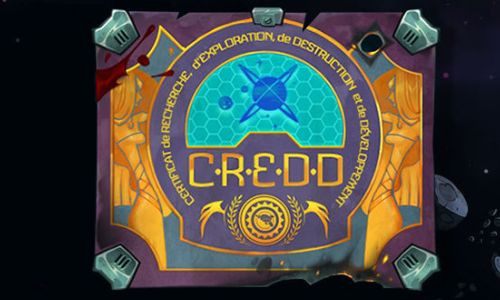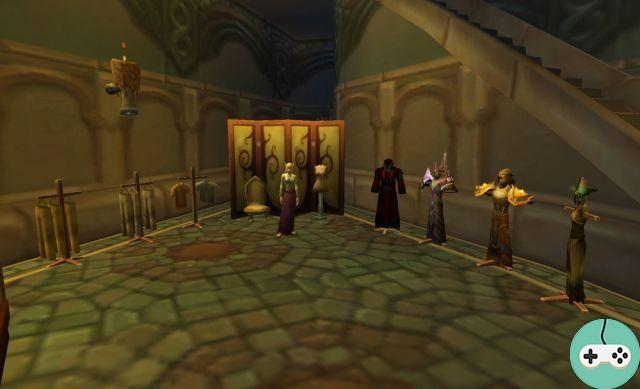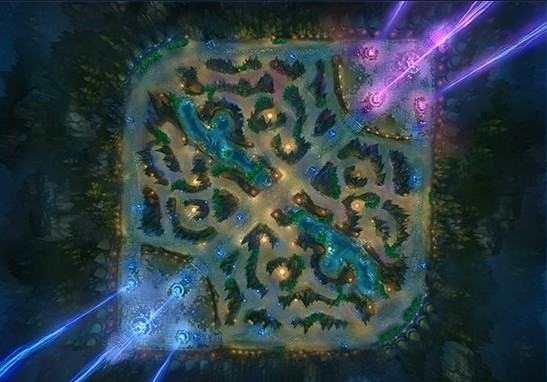
Here, we are talking about ferns, gravel, trees, stone, ice, sticky things (?). In short, we are talking about League of Legends cards and tips about them. Don't expect explanations of how to play your champions, but rather tips on how to use the map intelligently.

And we start right away with the most popular map on the Riot game: Summoner's Rift. Composed of three battle lines (lanes), this is the default map for 5v5 and therefore ranked games. It is also the competition card.
- General layout
- The heating plant
- La midlane
- The bottle
- La jungle
The playing field is divided into three lines commonly called lanes. We find the toplane at the top, the midlane in the middle and the botlane at the bottom. This is where the minions of the two opposing camps circulate. The ends of these lanes and where they meet are the bases of both camps: yours and the opponent's.
The rest is called the jungle, space filled with neutral monster camps as well as buffs. The river, on the other hand, cuts the map in half. It contains two important objectives: the dragon whose enclosure is on the blue side - bottom left; and Baron Nashor, who appears in the enclosure on the purple side.

The map without the towers, without the base and without the monster camps
Let us give some tips regarding the configuration of the card:
- The midlane is the shortest, it represents an important strategic advantage: if you have the opportunity to take a turn on this lane, do it as a priority. The minions will push more easily and will therefore arrive faster in the enemy base (view the shortest distance to cover). Taking turns on the midlane also ensures control over the enemy jungle: your opponents will be less secure because they will not have turrets to fall back on. Warning: all these elements work for your defense too: try to protect your middle towers as much as possible (without killing yourself!).
- If you need to defend / secure an objective such as dragon or baron, it is best to have an advantage on the lane on the opposite side. The minions will push in your favor and require the action of an opponent there. You will be able to go more serenely towards the goal because you will be in numerical superiority.
The top line, commonly called toplane, is currently the site of a duel between characters who can inflict good damage and still tank during teamfights. It is built as follows: two symmetrical bushes, the river with a bush on the blue side and a passage with the tribush on the purple side. The nashor enclosure is just behind.
The toplane is a lane where the jungler has a very strong influence if he succeeds in his ganks. It is mainly in the case of the presence of a jungler that the tips work.
- Try not to push your line. Indeed, if you do not only last-hit, the minions will push towards the enemy tower, you find yourself in a very uncomfortable position because even if you have movement / jump skills, your turn is far away. The opposing top and jungler have time to kill you. In case you are pushing, think about warding as much as possible to avoid unpleasant surprises. Be very careful when you are on the purple side, as a gank from the tribush can be fatal.

- If you have to flash, try playing with the field to be sure to outrun your opponents. Over the large rock on the purple side; between the bush in the river and the jungle on the blue side. There are many flashes and what will get you out of the woods will surely be to perform an intelligent flash to delay the arrival of an ally or simply to miss the opponent's flash.
Ah, the midlane, my favorite. The midlane is designed with more paths and entries / exits, which leaves a large number of opportunities on your travels, but also the ganks of your teammate or the opposing jungler. The middle lane, therefore, allows you to ensure fairly strong control over all the part of the map that belongs to you (your jungle and even the other two lanes). Objectives like the dragon or the baron are quickly attainable and you can react quickly anywhere, anytime.

The arrows indicate the potential paths to arrive in midlane, without counting the crossing of certain walls.
However, mastering a lane can be worked on, but in these first steps, we are not going to go faster than the music. Importantly though, the midlane is perfectly symmetrical so whether you're on one side or the other, the rules of the game are the same (but you don't see them the same).
- If you want to play in a safe way, it is advisable to have a vision of the entrances to the enemy jungle, in order to see the opposing jungler coming and move back your position to avoid the worst. Multiple locations are reliable at each location. Remember, however, that champions with movement skills (Jarvan, Lee Sin, etc ...) who can pass certain walls can arrive without you seeing them.

In red, the wards strongly recommended; in blue, the optimal wards and in green, the situational wards.
- Read your opponent. In general, your opponent's behavior will say a lot about your lane's current situation; this is true for the other lanes but not as much as the midlane because quite simply, the danger can come from anywhere. Your rival has farmed for 10 minutes and suddenly he advances violently along one side: the opposing jungler is probably on the lookout in a bush (in front of your rival to catch you). In short, a sudden change in behavior informs you that a dark plan awaits you (oh mercy!). Don't panic, step back wisely. Better to lose a few pennies than life ...
- React !! This is the watchword of this lane. You have to be on the lookout for anything that may be happening on your map (this is a bit advanced for beginners). The opposing jungler attempts a foray into your jungle, you can run into him with a teammate. Mid is the lane where your team can gain a definite advantage by killing an opponent, or putting them low enough to secure a dragon. In short, the possibilities are not lacking. If you're feeling confident, you can even follow the rival mid if it moves in a botlane or toplane.
The bottom line, the botlane, is designed in the same way as the toplane. The difference is mainly made on the fact that in principle, it is about a 2 against 2. Indeed, the flashes are more delicate because you do not have to save your skin only, but to envisage that you do only one with your teammate. You have to understand that in botlane, things can go much faster.
- There are, as on the other lines, dangerous areas on the botlane. They can move however, because the support normally having wards at its disposal, the placement of these beacons will allow you to take control of the line more or less easily. If you see enemies coming from afar, don't worry. The opposite is more annoying. However, there are some areas to avoid, areas that must be crossed as quickly as possible (the supports are for you!). When you move towards the tribush, you must stay as little time as possible between the lane and the tribush: once in the tribush you have the vision and you always have a way out (in principle, unless the 5 opponents are there ...). On the lane, you are close to your turn. In between, you don't know what's in the tribush and you are a bit far from the turret. If the enemies catch you, it's over for you! Likewise, when you move towards the dragon, there is a short period during which you can get locked between the lane and the dragon enclosure.
- Placement is an aspect that requires a lot of observation first and practice later. Your placement generally determines the time you have to flee or attack opponents during a gank (or simply an aggression from the botlane in front). We appreciate the bushes along the lane (lower edge of the map), because they are located far enough from the river and allow a simpler retreat in addition to being hidden from the eyes of your opponents. The carry is there to earn gold by killing minions. Having said that, getting into an extreme position of danger for 23 gold is not very wise. Make sure you can fall back if you decide to go for the minions a little further than normal, in addition to the position of your jungler and the opposing jungler. The support is generally present to hinder the opposing carry but without taking much damage. His placement is precious because he must neutralize the opposing carry in the event of aggression on your part; or delay in the event of a downturn. All without dying!
- The vision on the lane is given by the wards. Vision beacons are used to protect the dragon on the one hand, and potentially locate the opposing jungler for your team. Many junglers pass through the bushes located on the edge of the lane (ninja gank) because they are aware of the existence of wards in the river. It is advisable, if you are under your turn, to be careful of this kind of aggression because it happens even faster than for a gank coming from the river.

La vision ultime ! You should not pass !
Little bonus tip: on the purple side, you can ward off the river bush from the jungle. You just have to stick yourself along the trees (there is a small exposed stone tower, dating from the 18th century, etc.), and place your ward as in the picture. Surprise!

The jungle is aptly named: wild, ruthless and therefore difficult to tame. It remains nevertheless very popular, on the one hand because it is an important source of income and buffs, but because it is strategically designed.
At a higher level, we very often see mid champions having a farm greater than 100 minions in 10 minutes of play. Okay, they very well shut up the henchmen in the lane, but they also take advantage of the witch camp. Indeed, the gain of gold coins by killing neutral monsters is not negligible, especially as it increases as the game progresses (the monsters are also more resistant but you are supposed to do more. wrong). The technique is simple: try to sweep the wave of opposing minions, head to the witch camp, clear it and come back to your lane for a new wave of enemy minions. After 1 minute, return to the witch camp. We can go even further with the wolf camps which can possibly be carried out, with the agreement of your jungler. The botlane can take care of the golem camp as well. In short, there is no shortage of money in the jungle. Here are the respawn times of the camps:
- Wolves Camp: First spawn at 2:05, spawn 50 seconds after being completely defeated.
- Witch Camp (wraiths): First spawn at 2:05, spawn 50 seconds after being completely defeated.
- Golem Camp: First spawn at 2:05, spawn 50 seconds after being completely defeated.
- Ancient Golem Camp (blue buff): First spawn at 1:55, spawning 5 minutes after being completely defeated.
- Ancient Lizard Camp (red buff): First spawn at 1:55, spawning 5 minutes after being completely defeated.
- Dragon: First spawn at 2:30, spawn 6 minutes after being defeated.
- Baron Nashor: First appeared at 15:00 p.m., appeared 7 minutes after being completely defeated.

The passages are narrow and a fight (teamfight) can quickly turn in favor of one of the two teams on a devastating ultimate which occupies the entire playing space (Zyra for example). With the help of the bushes, you can easily set traps for the adversary, so little that he has no vision. Be careful however if you engage in the opposing camp, not to come face to face with three opponents, it would be fatal for you.
- If you have a team build that has AoE skills, favor jungle fighting.
- Bushes are plentiful in the jungle, and your own vision is limited by all the elements of the scenery. Be careful when walking on the enemy side, wards are welcome.
- The jungle is a source of buffs and money as camps respawn after a certain duration once cleared. If you have the chance, also farm on this side with the agreement of your jungler.
Do not hesitate to ask your questions in the comments!




